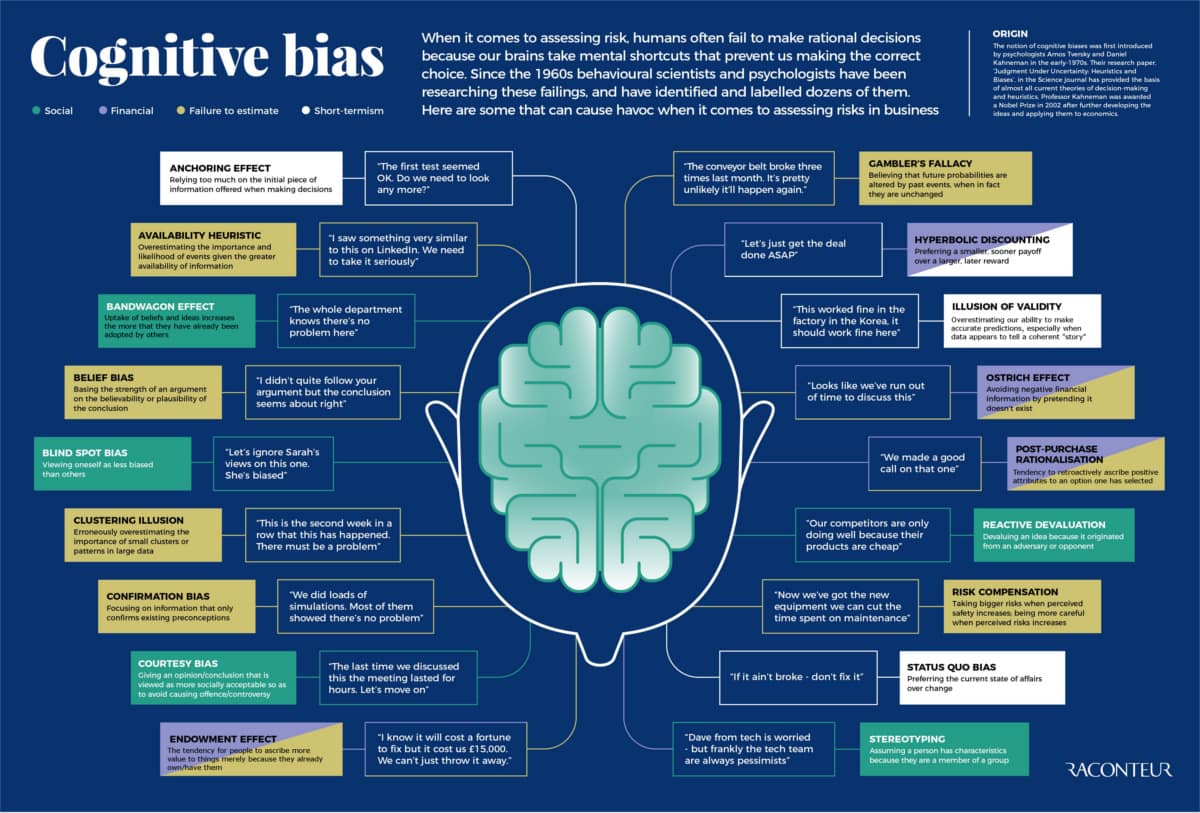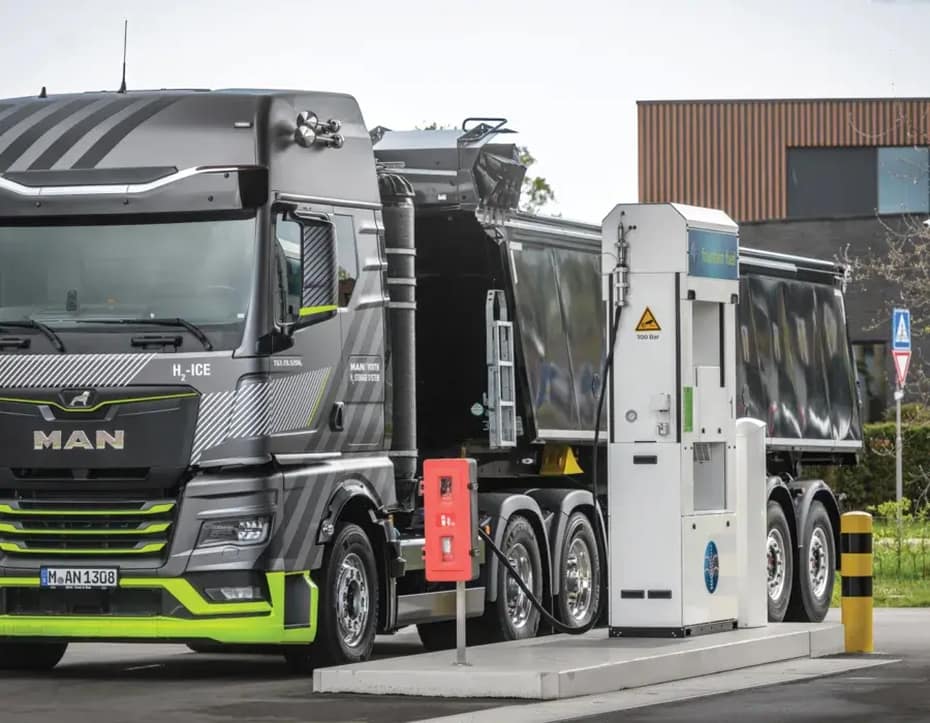Technology Adoption Bias: Why HGV Debates Get Stuck
Updated 12 Oct 2025

Technology adoption bias helps explain why many people assume the passenger-car battery story will naturally dominate heavy goods vehicles (HGVs). These convictions harden into identity, making evidence about duty-cycle differences, payload penalties, or refuelling constraints feel threatening rather than informative. This piece distils the main psychological mechanisms that skew HGV technology debates—and how leaders can counter them.
Cognitive Dissonance in HGV Tech Beliefs
People seek consistency. When new evidence challenges a battery-dominance worldview for HGVs, dissonance creates discomfort. The easy release valve is selective interpretation—downplaying counter-examples rather than updating priors.
Confirmation Bias and Selective Processing
Executives and advocates overweight data that supports prior beliefs (e.g., passenger EV success) and underweight HGV-specific constraints (mass, range, infrastructure). Curated feeds create echo chambers that feel like evidence.
Fear of Missing Out (FOMO) and Trend-Following
FOMO nudges organisations to copy the dominant narrative to avoid reputational risk, even where application fit is weak. It raises outcome expectations and shortens decision cycles—bad for complex industrial choices.
Psychological Barriers to Technology Differentiation
People prefer solutions that seem universally “right.” Five barriers crop up repeatedly: opacity (hard to see how systems work), emotionlessness (cold tech feels unsympathetic), rigidity (perceived inflexibility), autonomy concerns, and group membership (tribal identity with a tech “camp”). These discourage accepting that HGVs may need different powertrains than cars.
Forecasting Bias & Algorithmic Bias
Forecasting bias: naïve extrapolation from passenger vehicles to HGVs ignores duty cycles, payload, turn-time, and depot constraints.
Algorithmic bias: models trained on car data (or focused on $/kWh curves) can miss HGV-critical variables like payload hit, availability, and refuelling time—making battery dominance look inevitable even when it isn’t.
Emotional Factors: Trust, Identity and Advocacy
Technology preferences carry values (environmental identity, “progress”). Trust built via personal EV experience can be over-generalised to trucks. Challenges to a preferred tech can feel like moral attacks, triggering defensive responses.
Cognitive Load & Simplifying Heuristics
Assessing platform fit across classes is hard. Under load, people adopt shortcuts like “what works for cars works for trucks.” It saves time—but hides crucial operational differences.
Groupthink & Social Reinforcement
Within cohesive expert networks, consensus can crowd out dissent. The social cost of questioning a dominant pathway (or championing alternatives) silences useful evidence and slows course correction.
How to De-Bias Heavy-Vehicle Technology Decisions
- Separate classes by duty model: design decisions around route length, payload, dwell time, and depot access—not ideology.
- Run counterfactuals: force teams to document scenarios where another tech wins (e.g., H₂ICE/FCEV for high-utilisation, quick-turn routes).
- Weight operational KPIs: availability, payload, TCO, infrastructure lead-time—alongside $/kWh.
- Audit models for focus bias: ensure training data includes heavy-duty variables; add human “red team” reviews.
- Stage-gate by application fit: pilot the winning tech per use-case; avoid one-size mandates.
- Address identity: frame choices as portfolio pragmatism, not tribal wins/losses.
Related reading on this site:
EV & Hydrogen Slowdowns 2025 ·
Hydrogen Internal Combustion Engine (H2ICE): 2025 Guide ·
Green Steel 2025
Conclusion
The most durable lesson from psychology: strong priors feel safer than complex analysis. For HGVs, resisting technology adoption bias means modelling specific duties, testing multiple pathways, and rewarding evidence over identity. That’s how you choose the right tool for each job.
What is technology adoption bias?
How does it distort HGV decisions?
How can fleets de-bias choices?
Selected sources: De Freitas et al. (psychological barriers to tech), studies on confirmation/dissonance/FOMO, forecasting & algorithmic bias, trust in vehicle tech, and cognitive load in sustainable mobility.

